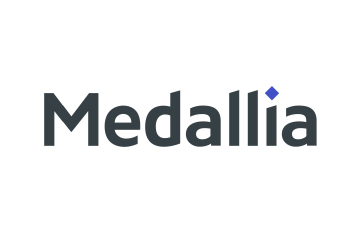Most CX dashboards are cluttered with unused metrics and surface-level insights. In this interview, CX expert Sue Duris explains how to transform passive data into action, build feedback loops that drive behaviour change, and turn customer silence into advocacy.
Too many CX programs chase metrics like NPS and CSAT without ever asking why they matter—or what to do with them. Dashboards become digital graveyards of insights never acted on. But what if the real power of CX lies in the patterns we ignore, the voices we dismiss, and the feedback we never fully decode?
“ If you are building a strong VoC programme, you need both qualitative and quantitative data to craft a solid closed loop feedback system. If you only have quantitative feedback, and you’re wanting to make improvements, you won’t know how to make changes, the stakeholders involved to help to make the change, what the actual change should be to drive impact, what the improvement should look like when implemented, etc,” says Sue Duris, Principal CX Consultant at M4 Communications.
Sue is a customer experience leader with over 20 years of driving CX, marketing, product, and content initiatives that boost customer lifetime value. She currently also serves as Head of Stakeholder Experience at the Principles for Responsible Investment, Strategic Communications Advisor at Changing the Chemistry, Mentor at Growth Mentor, and Business Transformation Advisor at The HiveMind Network. Sue is known for building impactful survey frameworks and improving engagement through insight-led strategies.
Talking to CXM Today, she discusses how to turn static scores into dynamic growth, build feedback loops that actually drive behaviour change, and transform silent satisfaction into vocal advocacy.
Excerpts from the interview:
In your experience, what is the biggest myth about tying CX metrics to business outcomes?
I hear all the time how impossible it is to tie CX metrics to business outcomes, ie. operationalising CX. Yes, there are challenges especially if your CRM data and other data are in silos which makes it effort-ful to get that holistic view of the customer to start making impactful change. But in most instances, a little elbow grease and rolling up your shirt sleeves will help connect the two.
If you are measuring satisfaction (CSAT) or effort (CES) for example and you are losing customers (growth is not happening at the expected rate), CX teams should connect with product, sales/account management, and finance teams to find out why. Understand the expectations/budgets for growth. (This is why seek first to understand helps you to build influence, credibility and be understood.) What are the outcome patterns? Trends? Then use qualitative methods to fill in the feedback gaps.
A good example is NPS. I receive at least one request to complete an NPS survey weekly and yet I see only one question – the NPS question – on a scale of 0-10 how likely are you to recommend…. I recommend asking three questions – the NPS question, the reason(s) they selected that score, and what is the one thing we can do today to help improve their experience. These last two questions can be worked into any customer survey. It gives customers an opportunity to provide feedback and it helps teams prioritise areas of improvement based on impact/effort.
Combining quantitative and qualitative customer metrics to understand the outcomes being generated will help connect the two by seeing the patterns, trends in which to make changes.
ALSO READ: CX Dialogues: Damien Katris, Global Omnichannel and Data Director at TCC Global
When it comes to qualitative and quantitative insights, how do you personally balance “the voice of data” versus “the voice of emotion” in shaping the customer experience?
I view qualitative and quantitative as two sides of the same coin. You can’t have a holistic view of the customer without both. Quantitative is important for the measurability, facts, trends and patterns.
But how will you understand the trends and patterns without the context – the why, the how of how someone behaves – that’s qualitative. If you are building a strong VoC programme, you need both types of data to craft a solid closed loop feedback system.
If you only have quantitative feedback, and you’re wanting to make improvements, you won’t know how to make changes, the stakeholders involved to help to make the change, what the actual change should be to drive impact, what the improvement should look like when implemented, etc.
How do you engineer a feedback loop that actually sparks behaviour change inside an organisation?
This is an interesting question with many layers. While you have the various surveys along with data received, have some type of mechanism that customers as well as employees can input feedback. You can include the status of feedback so the original person providing the feedback can see the resolution status of the feedback.
Hopefully, all the feedback data will be housed in a centralised repository. This is the only way you have a holistic view of the customer in which to drive meaningful change to optimise their experience. In addition, create some type of VoC report that lists feedback from each key customer touchpoint, listing not only the engagements and sentiment, but insights as well as recommended improvements.
This report should be sent to everyone in the organisation. Then have some type of a VoC callout meeting to review the report. This is where the real work of call to action – analysing/prioritising improvements, action planning, making inner loop/outer loop changes, etc. – begin. I’m a big believer that the employee experience and the customer experience must join together to drive customer growth.
Keeping employees informed about customer feedback and engaging them in the process of how/where to make improvements will give them a sense of ownership in wanting to optimise the customers’ experience.
How do you turn silent happy customers into active advocates without being transactional or pushy?
First, every person in the organisation needs to row the CX boat in the same direction which means walking the talk, consistently. In fact, AI now enables businesses to be proactive and predictive. Why is this important? Because according to Salesforce, two-thirds of customers expect brands to be proactive to their needs and expectations.
That’s the first thing – meeting customer expectations. Then introduce CSAT and CES surveys at appropriate times. This will take some experimentation to find the sweet spot of frequency/timing of sending these surveys.
Survey responses are a brand’s call to action. If they gave you high marks, thank them for their feedback and invite them to provide additional feedback; if they provide neutral/lower marks, thank them for their feedback and immediately advise them you will be reaching out to them to find out more about their concerns, and actually follow up with them.
Then determine what you will do with the feedback. How is the feedback entering your closed loop programme? What can be solved via the inner loop vs. what needs to be solved via the outer loop? Then, how is the CX team working with stakeholders to make improvements? And then how are the improvements being communicated to the wider organisation and the customer? Meeting customer needs in their query journey – as well as the overall journey – will retain them and turn them into an advocate.
If you could redesign the traditional CX dashboard from scratch, what three metrics would you put at the centre—and what would you toss out?
I could say go with my usual suspects – CSAT, CES, NPS, customer lifetime value, churn, retention, engagement, customer health, FCR, AHT, conversion rate, active users, ARPU (average revenue per user), advocacy score, etc. – should be in a dashboard. I wrote a post about this a few years back, that still stands.
I’m on Forrester’s plan that there should be three types of metrics in a CX dashboard – Perception metrics, Descriptive metrics, and Outcome metrics. Perception metrics reveal what the customer’s experience was and how they felt about it. Metrics such as CES, CSAT, NPS would be included here. Descriptive metrics represent observable events that happened. This would consist of metrics such as first contact resolution, average handle time. Outcome metrics are metrics that demonstrate what action(s) a customer took as a result of their perceptions. This would include made a purchase, retention, churn, upsell/cross sells would be included here.
But what a particular organisation should add to/remove from its CX dashboard is entirely dependent on the metrics that help that organisation reach its north star. The north star for many organisations is growth so what are the metrics that are best at determining growth for the organisation?
Those are the metrics that should be in the CX dashboard. Data dashboards are for experimentation, exploring data, visualising the data, etc. This is where data exploration is fun, or at least it is for me. Experimenting with what are the right metrics to include, understanding what the data is telling me, incentivising me to peel back the onion and find out more, why these trends/patterns, asking what if we adjusted inputs, what different outputs would be generated. I’ve read countless posts about dashboards that do or should not tell stories.
Technically, the data isn’t the story but data dashboards do generate the insights that help an organisation tell its story.








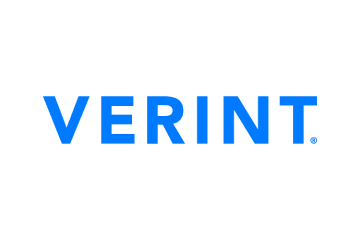
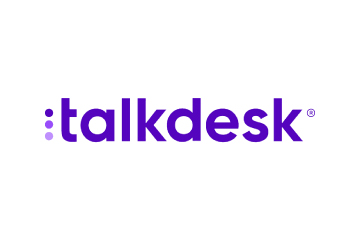

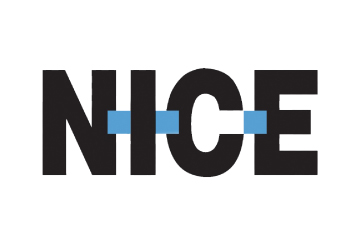


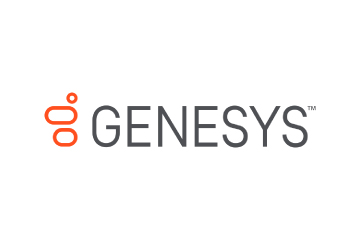
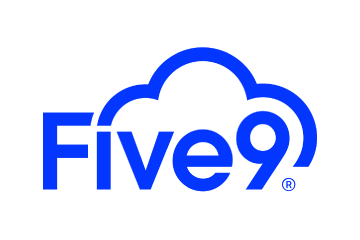


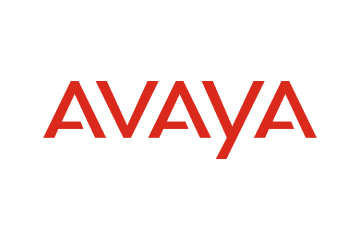
 Amplitude is a product analytics platform, enabling businesses to track visitors with the help of collaborative analytics. The platform leverages the capabilities of
Amplitude is a product analytics platform, enabling businesses to track visitors with the help of collaborative analytics. The platform leverages the capabilities of 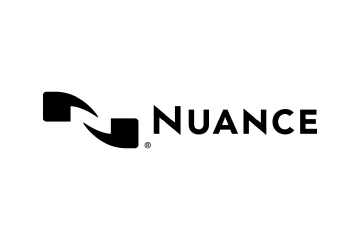

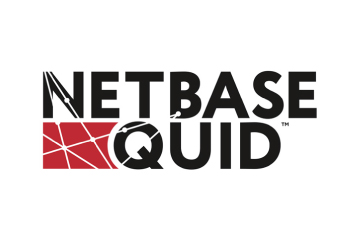

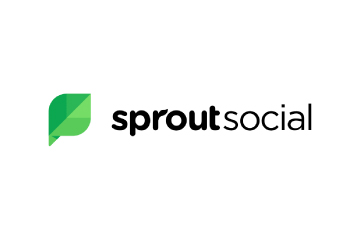
 Zoho Social, a part of Zoho’s suite of 50+ products, is a comprehensive social media management platform for businesses and agencies. The Zoho Social dashboard includes a robust set of features, such as Publishing Calendar, Bulk Scheduler, and Approval Management to offer businesses all the essential social media publishing tools. Its monitoring tools help enterprises track and respond to relevant social conversations.
Zoho Social, a part of Zoho’s suite of 50+ products, is a comprehensive social media management platform for businesses and agencies. The Zoho Social dashboard includes a robust set of features, such as Publishing Calendar, Bulk Scheduler, and Approval Management to offer businesses all the essential social media publishing tools. Its monitoring tools help enterprises track and respond to relevant social conversations.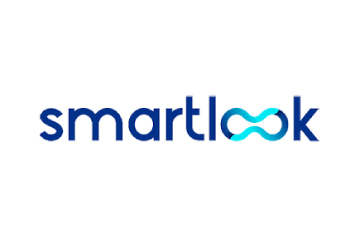

 Microsoft Dynamics 365 represents a robust cloud-based CRM solution with features such as pipeline assessment, relationship analytics, and conversational intelligence. It utilises AI-powered insights to provide actionable intelligence via predictive analytics, lead scoring, sentiment analysis, etc. Currently, Microsoft operates in 190 countries and is made up of more than 220,000 employees worldwide.
Microsoft Dynamics 365 represents a robust cloud-based CRM solution with features such as pipeline assessment, relationship analytics, and conversational intelligence. It utilises AI-powered insights to provide actionable intelligence via predictive analytics, lead scoring, sentiment analysis, etc. Currently, Microsoft operates in 190 countries and is made up of more than 220,000 employees worldwide.
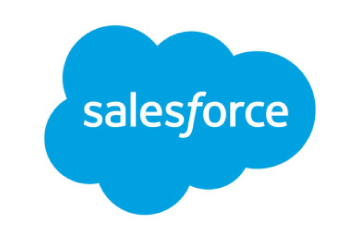
 HubSpot is an inbound marketing, sales, and customer service software provider, offering robust CRM and automation solutions. Some of its products include Marketing Hub, Sales Hub, Operations Hub, Content Hub, Commerce Hub, Marketing Analytics and Dashboard Software. Guided by its inbound methodology, HubSpot enables companies to prioritise innovation and customer success.
HubSpot is an inbound marketing, sales, and customer service software provider, offering robust CRM and automation solutions. Some of its products include Marketing Hub, Sales Hub, Operations Hub, Content Hub, Commerce Hub, Marketing Analytics and Dashboard Software. Guided by its inbound methodology, HubSpot enables companies to prioritise innovation and customer success.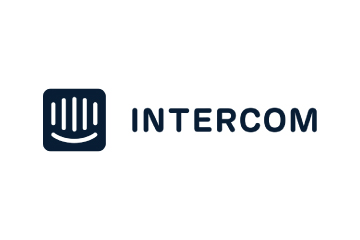
 Monday.com is a project management software company, offering a cloud-based platform that enables businesses
Monday.com is a project management software company, offering a cloud-based platform that enables businesses 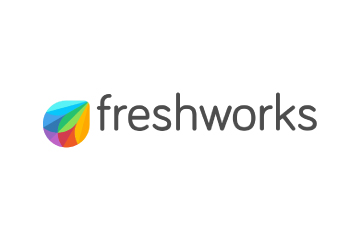 Headquartered in San Mateo, California, Freshworks is a global AI-powered business software provider. Its tech stack includes a scalable and comprehensive suite for IT, customer support, sales, and marketing teams, ensuring value for immediate business impact. Its product portfolio includes Customer Service Suite, Freshdesk, Freshchat, Freshcaller, Freshsuccess, and Freshservice. Freshservice for Business Teams has helped several global organisations to enhance their operational efficiency.
Headquartered in San Mateo, California, Freshworks is a global AI-powered business software provider. Its tech stack includes a scalable and comprehensive suite for IT, customer support, sales, and marketing teams, ensuring value for immediate business impact. Its product portfolio includes Customer Service Suite, Freshdesk, Freshchat, Freshcaller, Freshsuccess, and Freshservice. Freshservice for Business Teams has helped several global organisations to enhance their operational efficiency.
 Talkdesk offers an innovative AI-powered customer-centric tech stack to its global partners. The company provides generative AI integrations, delivering industry-specific solutions to its customers. Talkdesk CX Cloud and Industry Experience Clouds utilise modern machine learning and language models to enhance contact centre efficiency and client satisfaction.
Talkdesk offers an innovative AI-powered customer-centric tech stack to its global partners. The company provides generative AI integrations, delivering industry-specific solutions to its customers. Talkdesk CX Cloud and Industry Experience Clouds utilise modern machine learning and language models to enhance contact centre efficiency and client satisfaction.




 The company offers comprehensive cloud-based solutions, such as Microsoft Dynamics 365, Gaming Consoles, Microsoft Advertising, Copilot, among other things, to help organisations offer enhanced CX and ROI. Its generative-AI-powered speech and voice recognition solutions,such as Cortana and Azure Speech Services empowers developers to build intelligent applications.
The company offers comprehensive cloud-based solutions, such as Microsoft Dynamics 365, Gaming Consoles, Microsoft Advertising, Copilot, among other things, to help organisations offer enhanced CX and ROI. Its generative-AI-powered speech and voice recognition solutions,such as Cortana and Azure Speech Services empowers developers to build intelligent applications. IBM is a global hybrid cloud and AI-powered
IBM is a global hybrid cloud and AI-powered  Uniphore is an enterprise-class, AI-native company that was incubated in 2008. Its enterprise-class multimodal AI and data platform unifies all elements of voice, video, text and data by leveraging Generative AI, Knowledge AI, Emotion AI and workflow automation. Some of its products include U-Self Serve, U-Assist, U-Capture, and U-Analyze. Its Q for Sale is a conversational intelligence software that guides revenue teams with AI-powered insights, offering clarity on how to effectively keep prospects engaged.
Uniphore is an enterprise-class, AI-native company that was incubated in 2008. Its enterprise-class multimodal AI and data platform unifies all elements of voice, video, text and data by leveraging Generative AI, Knowledge AI, Emotion AI and workflow automation. Some of its products include U-Self Serve, U-Assist, U-Capture, and U-Analyze. Its Q for Sale is a conversational intelligence software that guides revenue teams with AI-powered insights, offering clarity on how to effectively keep prospects engaged. Google Cloud accelerates every organisation’s ability to digitally transform its business. Its enterprise-grade solutions leverage modern technology to solve the most criticial business problems
Google Cloud accelerates every organisation’s ability to digitally transform its business. Its enterprise-grade solutions leverage modern technology to solve the most criticial business problems  8×8 offers out-of-the-box contact centre solutions, assisting all-size businesses to efficiently meet customer needs and preferences. It offers custom CRM integrations support and integrates effortlessly with third-party CRMs like Salesforce, Microsoft Dynamics, Zendesk, and more. Offering global support in all time zones & development teams in 5 continents, its patented geo-routing solution ensures consistent voice quality.
8×8 offers out-of-the-box contact centre solutions, assisting all-size businesses to efficiently meet customer needs and preferences. It offers custom CRM integrations support and integrates effortlessly with third-party CRMs like Salesforce, Microsoft Dynamics, Zendesk, and more. Offering global support in all time zones & development teams in 5 continents, its patented geo-routing solution ensures consistent voice quality. Sprinklr is a comprehensive enterprise software company for all customer-focused functions. With advanced AI, Sprinklr’s unified customer experience management (Unified-CXM) platform lets organisations offer human experiences to every customer, every time, across any modern channel.
Sprinklr is a comprehensive enterprise software company for all customer-focused functions. With advanced AI, Sprinklr’s unified customer experience management (Unified-CXM) platform lets organisations offer human experiences to every customer, every time, across any modern channel.


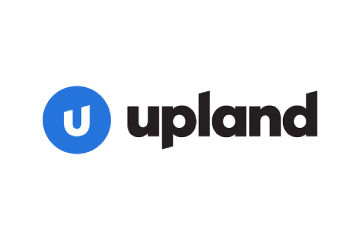 Upland offers a comprehensive suite of contact centre and customer service solutions with products including InGenius, Panviva, Rant & Rave, and RightAnswers. InGenius enables organisations to connect their existing phone system with CRM, further enhancing agent productivity. Panviva provides compliant and omnichannel capabilities for highly regulated industries. Whereas, Rant & Rave, and RightAnswers are its AI-powered solutions,
Upland offers a comprehensive suite of contact centre and customer service solutions with products including InGenius, Panviva, Rant & Rave, and RightAnswers. InGenius enables organisations to connect their existing phone system with CRM, further enhancing agent productivity. Panviva provides compliant and omnichannel capabilities for highly regulated industries. Whereas, Rant & Rave, and RightAnswers are its AI-powered solutions, 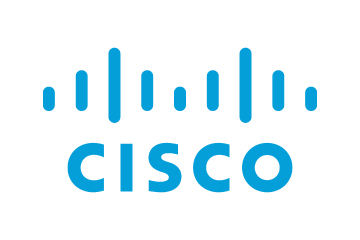

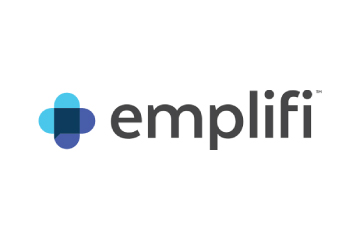
 Hootsuite, headquartered in Vancouver, is a social media management platform that streamlines the process of managing multiple social media accounts. Some of its core offerings include social media content planning and publishing, audience engagement tools, analytics and social advertising. Its easy-to-integrate capabilities help marketing teams to schedule and publish social media posts efficiently.
Hootsuite, headquartered in Vancouver, is a social media management platform that streamlines the process of managing multiple social media accounts. Some of its core offerings include social media content planning and publishing, audience engagement tools, analytics and social advertising. Its easy-to-integrate capabilities help marketing teams to schedule and publish social media posts efficiently.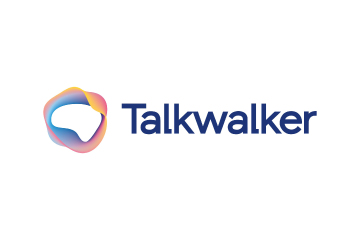
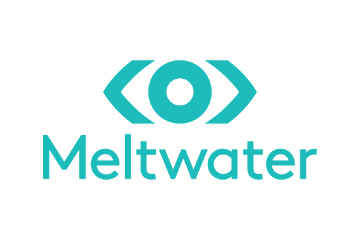
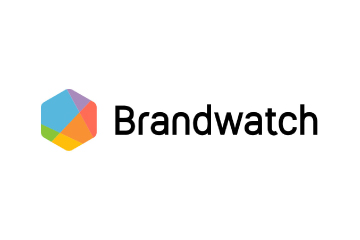 Brandwatch enables businesses to build and scale the optimal strategy for their clients with intuitive, use-case-focused tools that are easy and quick to master. Bringing together consumer intelligence and social media management, the company helps its users react to the trends that matter, collaborate on data-driven content, shield the brand from threats and manage all the social media channels at scale.
Brandwatch enables businesses to build and scale the optimal strategy for their clients with intuitive, use-case-focused tools that are easy and quick to master. Bringing together consumer intelligence and social media management, the company helps its users react to the trends that matter, collaborate on data-driven content, shield the brand from threats and manage all the social media channels at scale.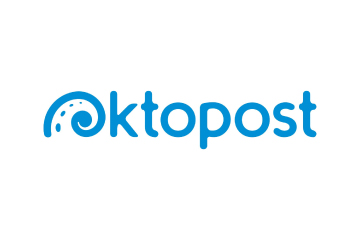

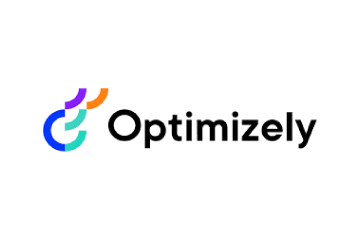
 Adobe Experience Cloud offers a comprehensive set of applications, capabilities, and services specifically designed to address day-to-day requirement for personalised customer experiences at scale. Its platform helps play an essential role in managing different digital content or assets to improve customer happiness. Its easy-to-optimise content gives users appropriate marketing streams, ensuring product awareness.
Adobe Experience Cloud offers a comprehensive set of applications, capabilities, and services specifically designed to address day-to-day requirement for personalised customer experiences at scale. Its platform helps play an essential role in managing different digital content or assets to improve customer happiness. Its easy-to-optimise content gives users appropriate marketing streams, ensuring product awareness.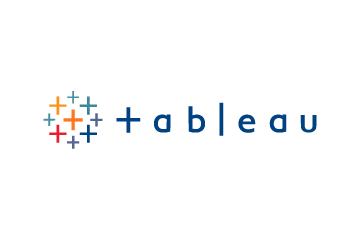 Salesforce-owned Tableau is an AI-powered analytics and business intelligence platform, offering the breadth and depth of capabilities that serve the requirements of global enterprises in a seamless, integrated experience. Marketers can utilise generative AI models, AI-powered predictions, natural language querying, and recommendationsons.
Salesforce-owned Tableau is an AI-powered analytics and business intelligence platform, offering the breadth and depth of capabilities that serve the requirements of global enterprises in a seamless, integrated experience. Marketers can utilise generative AI models, AI-powered predictions, natural language querying, and recommendationsons. Contentsquare is a cloud-based digital experience analytics platform, helping brands track billions of digital interactions, and turn those digital
Contentsquare is a cloud-based digital experience analytics platform, helping brands track billions of digital interactions, and turn those digital 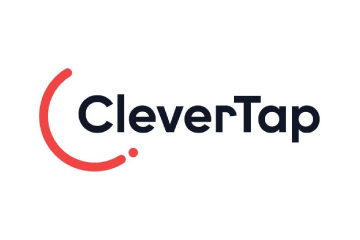
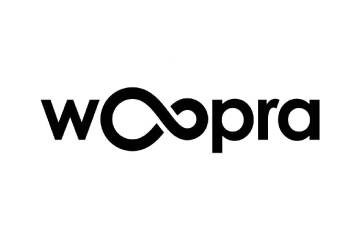
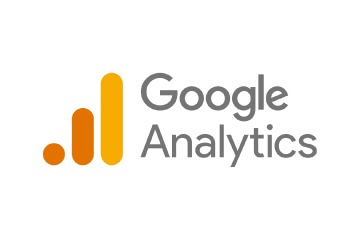
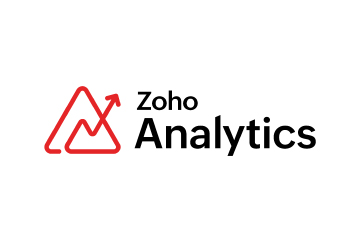 Zoho Corporation offers innovative and tailored software to help leaders grow their business. Zoho’s 55+ products aid sales and marketing, support and collaboration, finance, and recruitment requirements. Its customer analytics capabilities come with a conversational feature, Ask Zia. It enables users to ask questions and get insights in the form of reports and widgets in real-time.
Zoho Corporation offers innovative and tailored software to help leaders grow their business. Zoho’s 55+ products aid sales and marketing, support and collaboration, finance, and recruitment requirements. Its customer analytics capabilities come with a conversational feature, Ask Zia. It enables users to ask questions and get insights in the form of reports and widgets in real-time. Fullstory is a behavioural data platform, helping C-suite leaders make informed decisions by injecting digital behavioural data into its analytics stack. Its patented technology uncovers the power of quality behavioural data at scale, transforming every digital visit into actionable insights. Enterprises can increase funnel conversion and identify their highest-value customers effortlessly.
Fullstory is a behavioural data platform, helping C-suite leaders make informed decisions by injecting digital behavioural data into its analytics stack. Its patented technology uncovers the power of quality behavioural data at scale, transforming every digital visit into actionable insights. Enterprises can increase funnel conversion and identify their highest-value customers effortlessly.
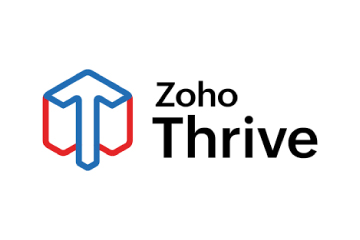
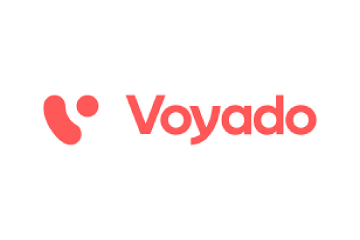 Started in 2005 in a Sweden-based small town, Norrköping, Voyado offers a customer experience cloud platform that includes a customer loyalty management system. This platform helps businesses design and implement customer loyalty programs, track customer
Started in 2005 in a Sweden-based small town, Norrköping, Voyado offers a customer experience cloud platform that includes a customer loyalty management system. This platform helps businesses design and implement customer loyalty programs, track customer 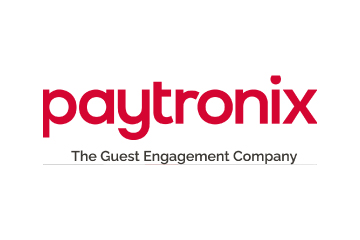
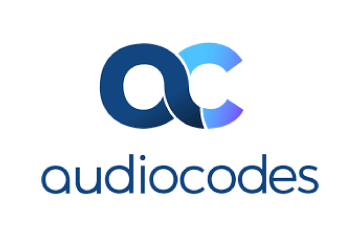


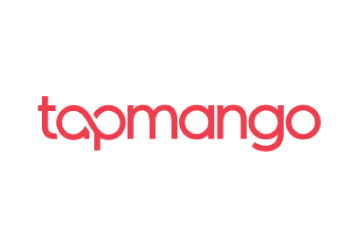 TapMango provides a comprehensive, customisable, flexible and feature-rich customer loyalty program. The loyalty tools include an integrated suite of customised consumer-facing technology, easy-to-use merchant tools, and automation algorithms, all aimed at enhancing customer experience. Adaptable to any industry, TapMango’s platform helps merchants compete with larger chains, converting customer one-time purchases into profitable spending habits.
TapMango provides a comprehensive, customisable, flexible and feature-rich customer loyalty program. The loyalty tools include an integrated suite of customised consumer-facing technology, easy-to-use merchant tools, and automation algorithms, all aimed at enhancing customer experience. Adaptable to any industry, TapMango’s platform helps merchants compete with larger chains, converting customer one-time purchases into profitable spending habits.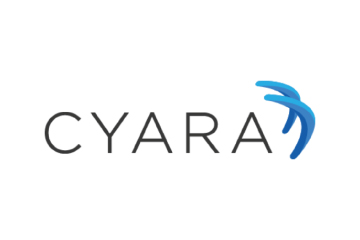
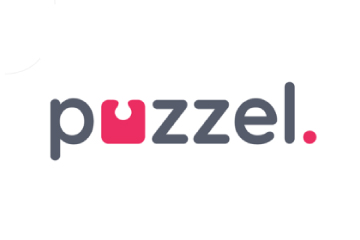
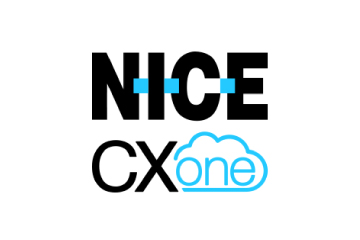
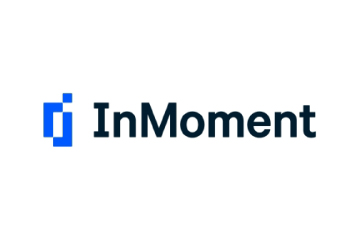

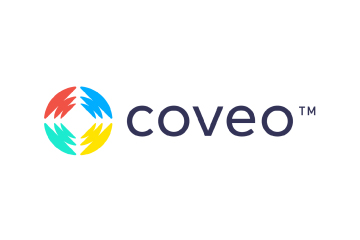
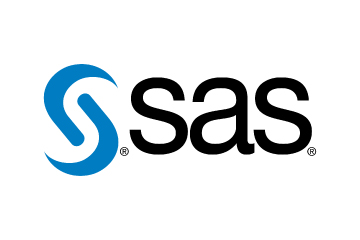
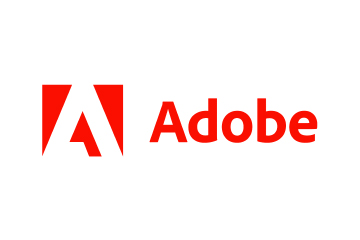 Adobe Experience Cloud offers a comprehensive set of applications, capabilities, and services specifically designed to address day-to-day requirements for personalised customer experiences at scale. Its innovative platform has played an essential role in managing different digital content or assets, to improve customer happiness or satisfaction. Some of its products include Adobe Gen Studio, Experience Manager Sites, Real-time CDP, and Marketo Engage.
Adobe Experience Cloud offers a comprehensive set of applications, capabilities, and services specifically designed to address day-to-day requirements for personalised customer experiences at scale. Its innovative platform has played an essential role in managing different digital content or assets, to improve customer happiness or satisfaction. Some of its products include Adobe Gen Studio, Experience Manager Sites, Real-time CDP, and Marketo Engage.